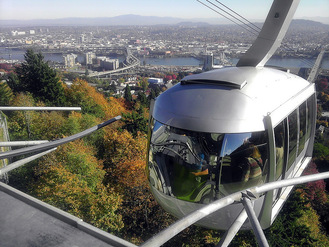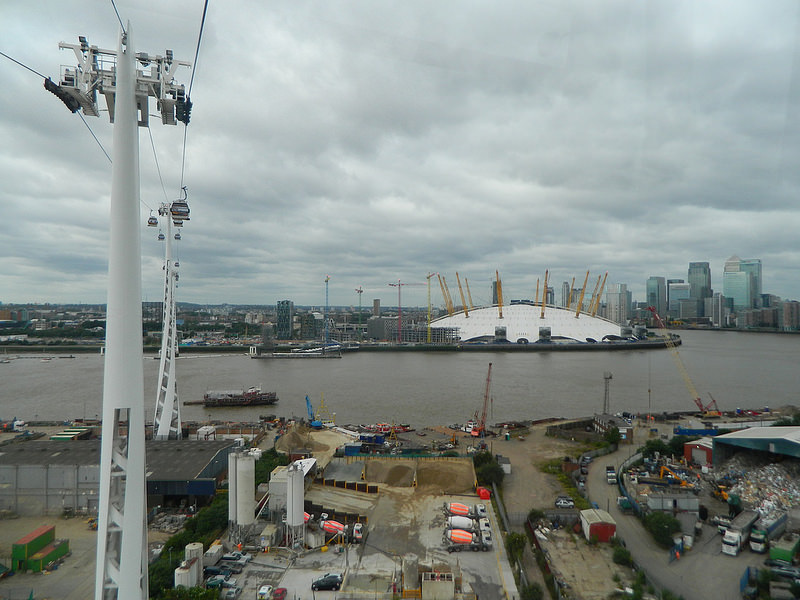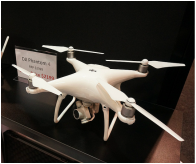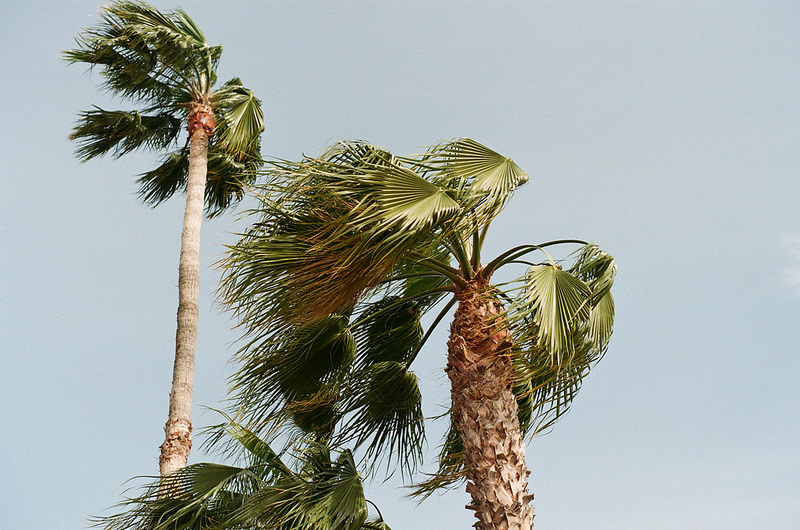|
|
|
Aerial CarsEach car/cabin offers seating for 24-28 riders plus additional standing room for at least 7 more, bringing the total to 35. They will feature panoramic views, climate control, and WiFi. The car floor is level with the platform in the station, allowing easy boarding for strollers and wheelchair users. Cyclists may be allowed to transport their bicycles during off-peak hours. In order to provide privacy for area residents, it is possible for the opacity of the windows to be increased to temporarily obstruct the view when the car passes near a building.
|
StationsStations will be similar to the rail stations in terms of stairs, escalators, and elevators, but will be smaller since they do not need to accommodate the length of a four-car train or hundreds of passengers who are waiting for the next train to arrive. Station height will be approximately the same as the rail station for the Ala Moana stop, making the transfer easy and level. Stations may be closer to the ground in other areas, with towers at the mouth of each station so cars can ascend to the optimal travel height.
|
Drive SystemFor comparison, Whistler's Peak to Peak gondola, a 28 car, 4100 passenger system, uses a generator that could fit inside a bus to power the 15' bullwheel. During normal operation, it runs at 900 hp, but needs the 2400 hp capacity for startup.
|
TowersTower height and spacing may vary along the route, since there is flexibility to place them where it is most convenient. 3S systems are capable of up to 3km between towers, but of course, there are tradeoffs due to the increased belly, or sag in the cables. With a few strategic towers between stations (perhaps 800' apart), the travel path will be more level and narrow, requiring less air rights to be acquired for the route.
|





